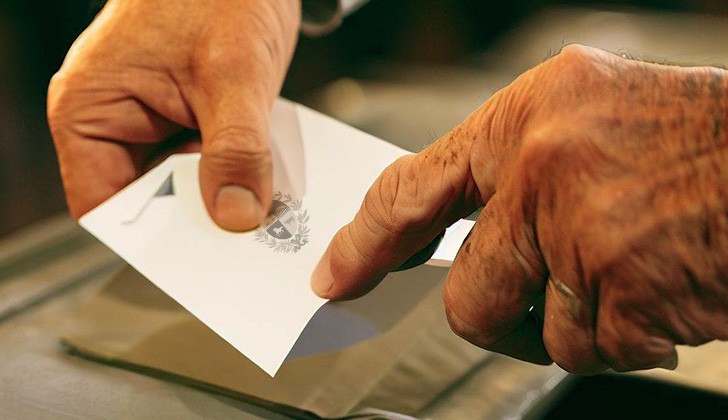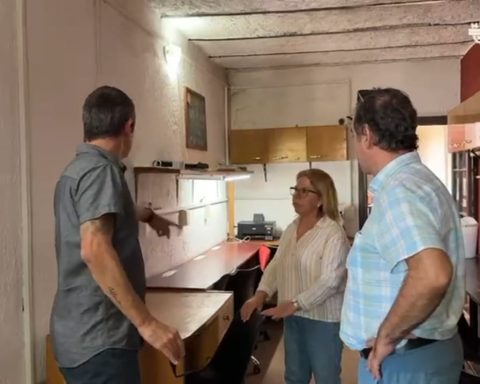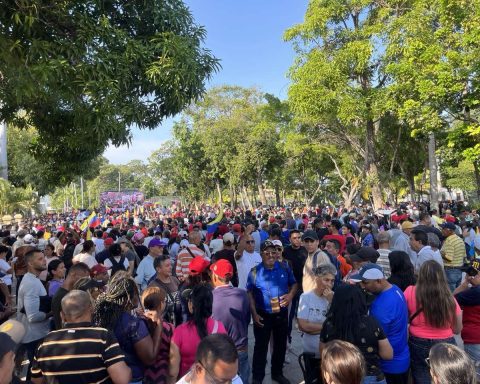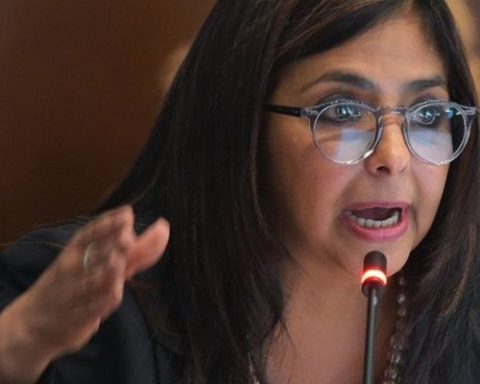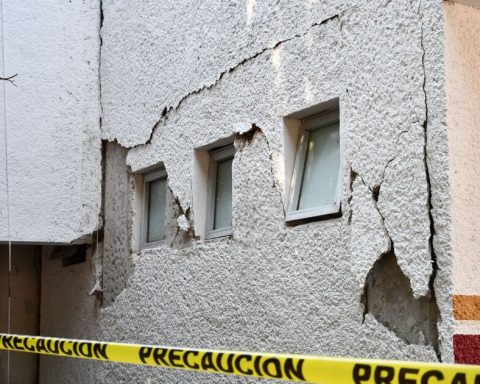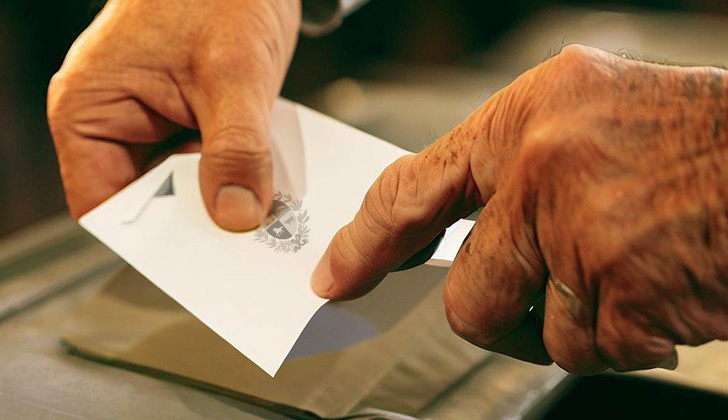
According to the latest results of the survey released today by the renowned polling company Factum, the current panorama of the intention to vote in Uruguay for the second quarter of 2023, covering the months of March and April. These data are of vital importance, since they reflect the preferences of citizens and can influence the political future of the country.
According to the exposed data, if the elections were held this Sunday, an outstanding 41% of Uruguayans would give their vote to the broad frontwhile a modest 23% would lean towards him National Party. These figures demonstrate a clear advantage for the Broad Front, consolidating it as a dominant political force in the country.
The survey report, published in VTV Newsalso reveals that if the current government coalition stays together, would reach 46% of the total votes. Within this block, the presence of the National Party stands out with 26%, Cabildo Abierto with 11%, the Colorado Party with 8% and the Independent Party with 4%.
These results show a balanced distribution of votes within the coalition, which strengthens its position in the current political scenario. On the other hand, 3% of those surveyed expressed their support for other political parties, while the same number expressed their intention to vote blank or cancel their vote. In addition, there is a 7% undecided who has not yet defined their political preference.
In terms of stability, the Broad Front has maintained a solid voting intention of 41% since the last measurement carried out in October 2022. For its part, the multicolor coalition has experienced a slight increase of 1% compared to the January measurement. and February, reaching 46% in the months of April and March. These results show the consolidation of electoral preferences and the trends that have been maintained over time.
The Broad Front remains the single most voted option
It is worth noting the recovery of the match Town meetingwhich has experienced notable growth since October of last year, going from a voting intention of the 8% to a prominent 11%. On the other hand, the Colorado party has managed to recover two percentage points after experiencing a decrease in January and February, standing at a 6% in the first two months of this year.
The survey was carried out through 900 telephone interviews between April 24 and May 11, covering a wide sample of the population. These data provide a significant and reliable snapshot of the intention to vote in the country and become a fundamental tool for analyzing the current political landscape and the perspectives of the different parties in future elections.
